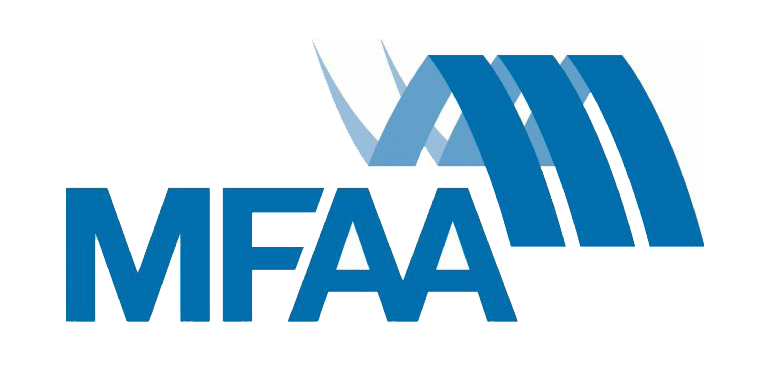
It’s a familiar sight: Desks piled high with paper and cabinets overflowing with files. Producing an important document at a crucial moment can sometimes be a struggle, not to mention the time it can take to put paper based applications together, and the inherent risks involved with such manual processes.
As with most industries these days, technology has dramatically impacted the way the mortgage industry handle documents, loan information, and submissions. There is growing evidence that organisations are increasingly moving from paper trails to paperless office environments – after all, they can provide significant savings to a business through minimising errors that come with manual handling, and re writes, reductions in storage requirements, reduced costs in locating records and easier retrieval of information, not to mention the efficiencies that come with electronic processing.
Sounds simple and a convincing business case you might say? Correct, however there remain a high number of broker firms that are sticking to their old ways and don’t want to move toward electronic submissions. Those that are making the shift to digital however, are reaping the reward and benefits of a more efficient and reliable system.
There are some orgnaisations and initiatives that have lead the way in electronic processing for the Mortgage Industry in Australia. The Lending Industry XML Initiative (LIXI) is a non-profit, independent industry organisation established to develop e-Commerce standards and remove barriers to electronic data exchange within the Australian lending industry. As LIXI’s name suggests, these standards are being built upon XML (eXtensible Markup Language), an enabling technology generally accepted as a vital component in the future of electronic commerce. LIXI is refining and extending it’s e-Commerce standards to allow banks, brokers, borrowers and all other parties in the lending chain to communicate electronically.
It has been said by the head of LIXI that almost $1billion AUD was spent on the loan approval process last year in Australia, and almost $200m of it in re-work.
NECS – The National Electronic Conveyancing System (NECS) is Australia’s joint government and industry initiative to create an efficient and convenient way of completing property based transactions and lodging land title dealings for registration. NECS is all about developing common data standards, and through working with LIXI on the data standards, will enable lenders to talk directly to NECS, removing re working and re entering of data. NECS delivers a process known as straight through processing, right from initiation of the transaction through to finalisation.
NECS have stated that these standards, known as a schema; should be in place by the end of the year. NECS are also working on functional and non functional requirements of the system, which are also due for completion at the end of this year. The legal framework, addressing liability and risk are currently being worked on, in conjunction with much industry input from stakeholder groups, ensuring lenders are well represented.
The advantages of NECS will be that it is a paperless system, meaning data need only be entered only once, will reduce margin for error, avoids the need to attend for physical settlement, avoids the previous need to go to the titles office for lodgement, reduces staffing needs, and overall makes for a far more efficient process, and also reduces the risk of fraud, and mistakes.
As with all technology, there are concerns, with respect to electronic lodgement, there is the concern regarding who owns the risk when certifying data. On a paper based system ownership is clear based on signatures. Identification is another point to be addressed, in an electronic system, ID needs to be certified and confirmed to ensure it’s correct, genuine and true.
There is also discussion amongst brokers that aggregators may well be becoming too powerful, much like the banks. Hence there are a number of brokers that wish to maintain as much independence as possible. This does, of course, produce a dilemma when it comes to lodgement. Undoubtedly it would be better to process submissions electronically, direct from a CRM tool, yet this forces the broker to use a CRM system they may not wish to.
The main standard that is used is known as CAL (Credit Application Language) and it has been extremely successful in enabling electronic communication between lenders, brokers and other suppliers. Prior to CAL’s launch in 2005, each lender had separate, non-compatible systems meaning that aggregator and broker systems could not communicate with them in a standard manner.
Previously, prior to LIXI, aapplying for a mortgage is amazingly complex involving up to nine separate organisations. The extension of CAL opens up the industry to be more competitive. In the end it will be consumers who benefit from faster approvals, better service and possibly cost savings.
CAL has been implemented by essentially every lender and aggregator in the country and is now being used for in excess of 80% of all broker originated home loan applications and at least 50% of all mortgage insurance applications. In addition, CAL is used to support the electronic submission of home loans from in-house lending channels at several of the major banks.
There are a number of providers in the industry which are all used to some extent, we have listed a few below. All of these providers are members of LIXI and use LIXI standards when developing solutions:
- NextGen
- Pisces
- Solution 4
- LTX
- IRESS
As we can see, this is a work in progress and NECS is working closely with industry insiders to develop a system that works for everyone. Moving to electronic submission not only makes sense, it will no doubt soon be the only method accepted, hence it’s in everyone’s interests that the framework is equitable and relevant.
——–
About The Author: Nathan Sinnott is Chief Executive Officer of Newpath WEB, an award winning online marketing and web site design and development agency.https://www.newpathweb.com.au





